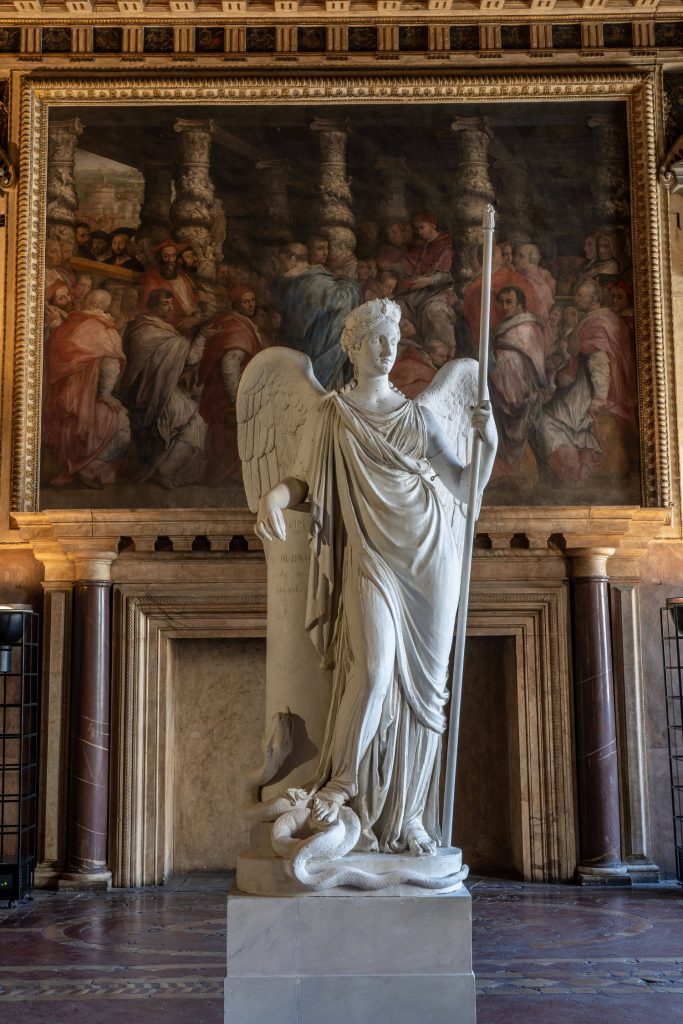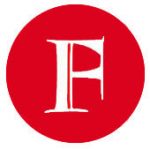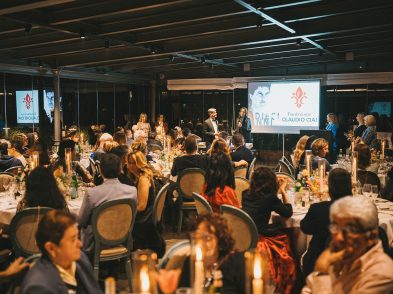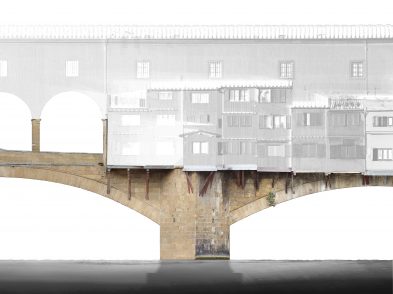Florence welcomes La Pace by Antonio Canova, the plaster version of the famous marble housed at the Khanenko National Museum in Kiev and currently hidden to protect it from bombing during the war between Russia and Ukraine. The work will be on show in Palazzo Vecchio’s Sala Leone X from May 11 to September 18, in an exhibition titled The Peace of Kiev – Art wins over War, becoming a means of ensuring continued contemplation of the sculptor’s masterpiece.

Curated by Vittorio Sgarbi and created in collaboration between the Museo Novecento and the Gypsotheca Antonio Canova Museum of Possagno, the exhibition is organized by MUS.E with Contemplazioni and sees the sculpture installed in the centre of the Sala di Leone X. The work is surrounded by frescoes depicting the stages of the rise to power of Giovanni de ‘Medici (1475-1521), son of Lorenzo the Magnificent, who became Pope Leo X, contrasting starkly with the message of Canova’s sculpture which tells of war and peace.

The sculpture (created in 1815) was conceived as a tribute to the Rumyancev family who were supporters of peace treaties between Russia and other countries. It was commissioned in 1812 by the Russian politician and diplomat Nikolaj Petrovič Rumyancev at the dawn of the Napoleonic invasion of Russia. After his death, his collection was donated to the state and put on display in St Petersburg before being transferred to Moscow in 1861. Khrushchev – secretary of the Soviet Union’s Communist Party who was of Ukrainian origins – decided to transfer the sculpture from St. Petersburg to the Khanenko National Museum in Kiev in 1953.
The iconography of the work recalls Nemesis, the Greek goddess of justice. The snake reflects on Roman medals, symbols of war. The commemorative writings are in Latin as the result of a negotiation between Canova and the ambassador of Vienna: the initial hypothesis of using the Russian language was set aside in favour of Latin, lingua franca and symbol of the union between European nations, reinforcing the message of peace in the work.
Curator of the exhibition, Vittorio Sgarbi, commented “The Peace of Kiev, coming from the Antonio Canova Gypsotheca Museum in Possagno, is now in Florence, and here, temporarily, awaits times of peace”.








